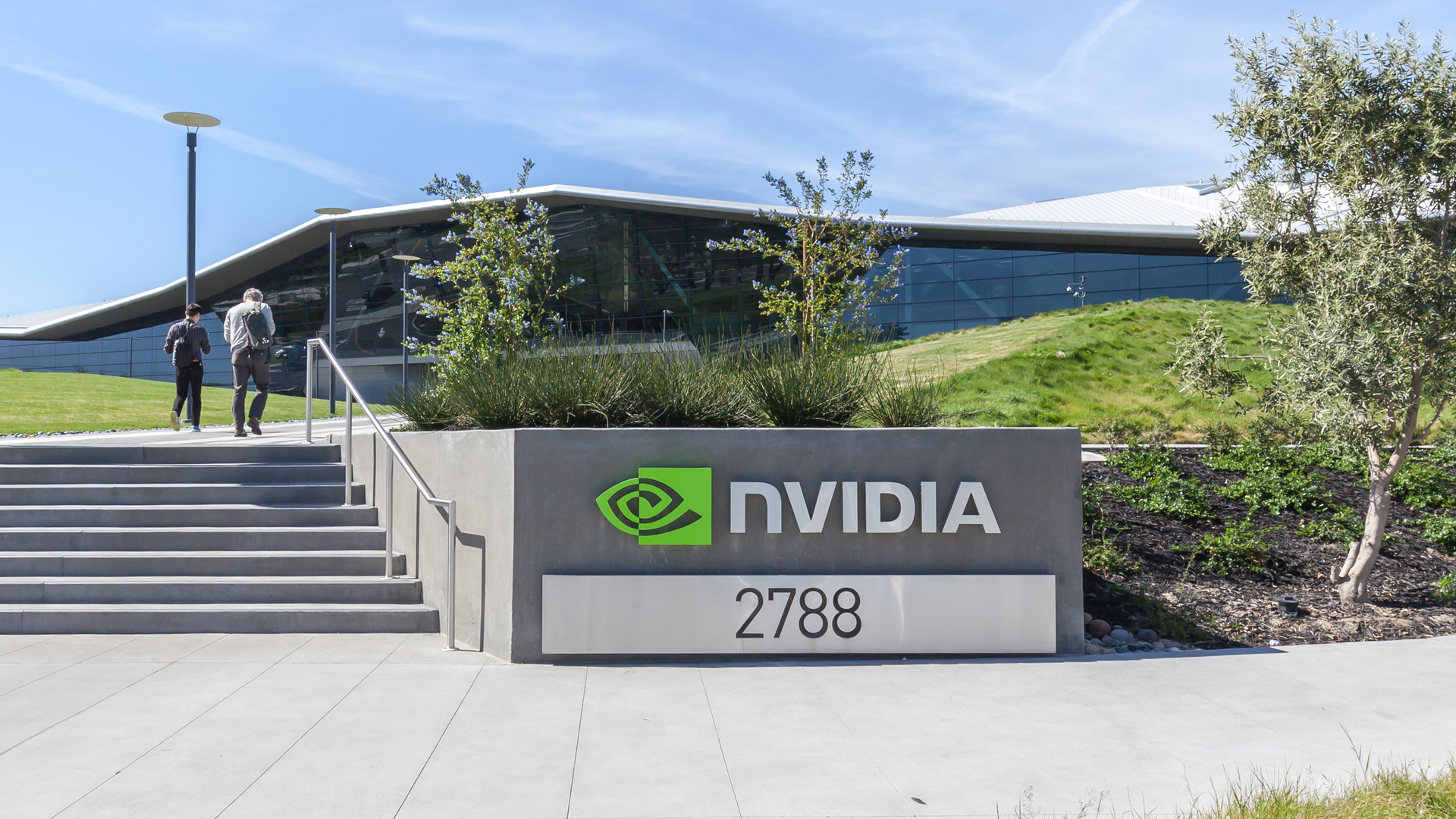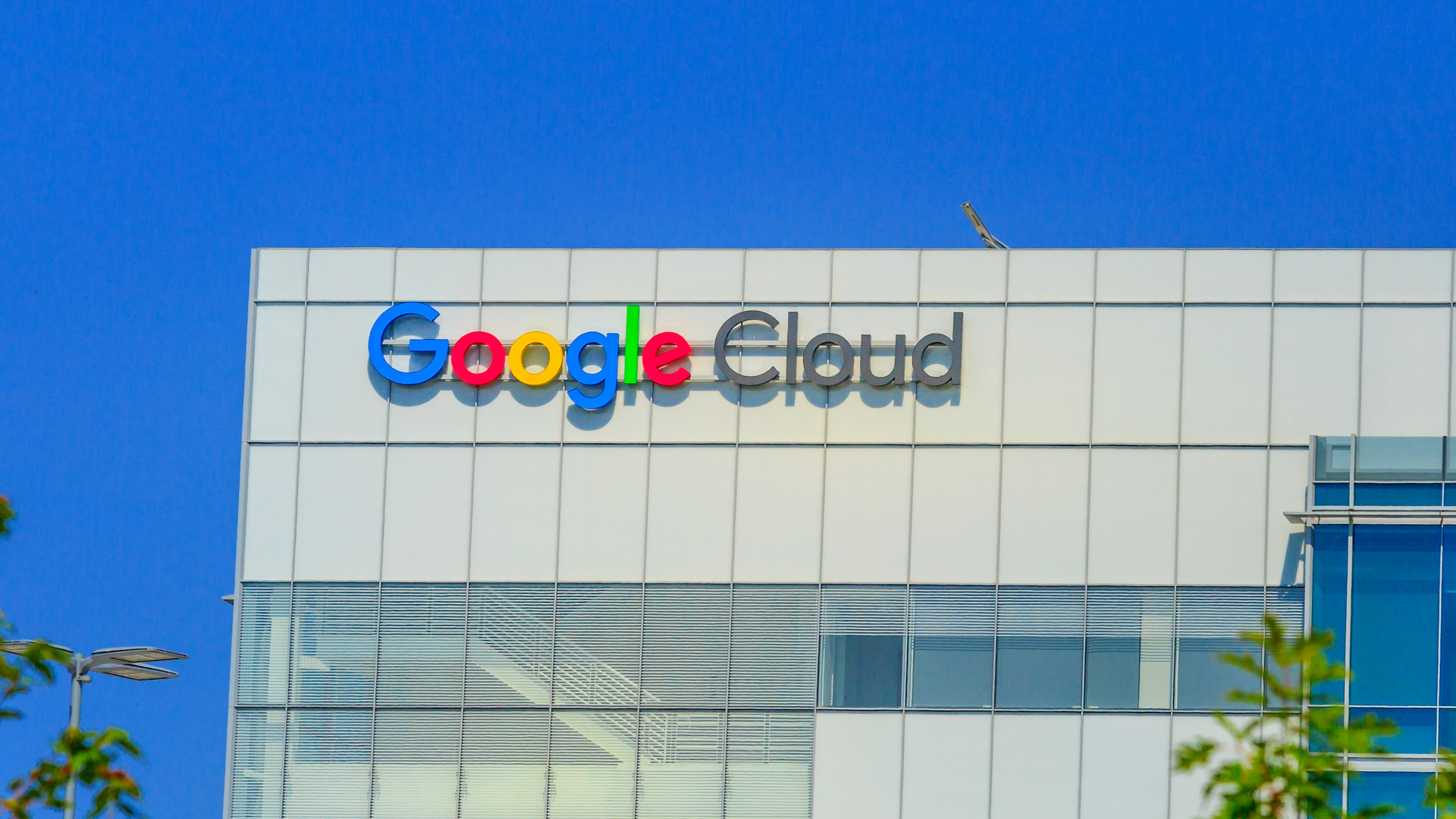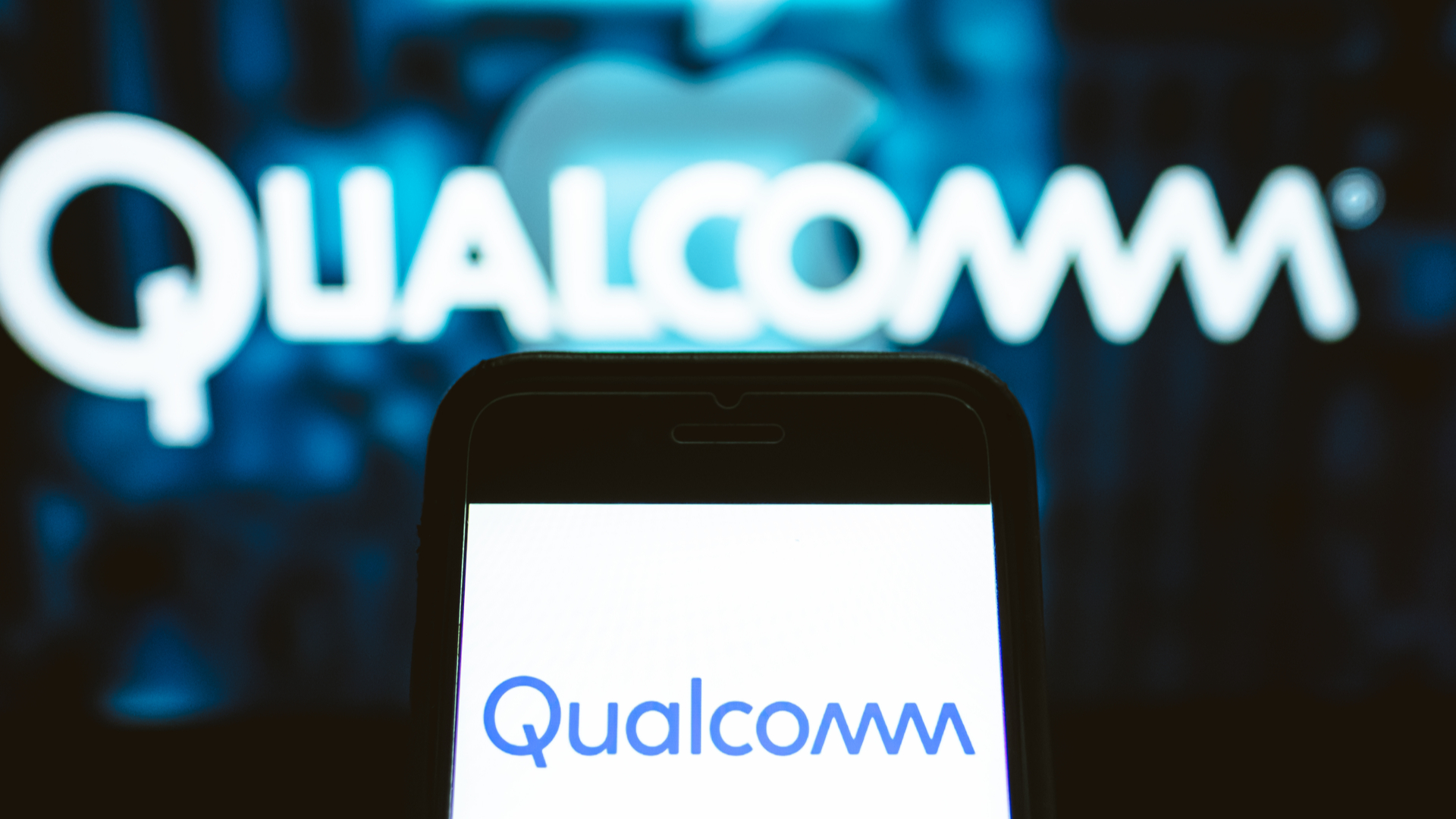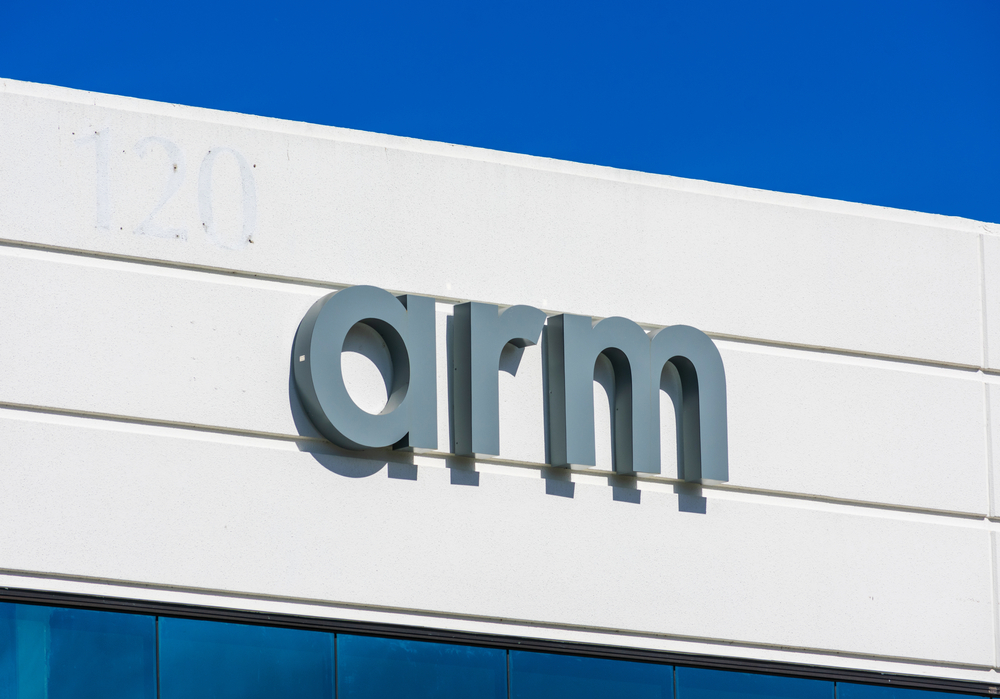Nvidia settles cryptomining charges for $5.5 million
Nvidia’s gaming chips had been used to mine cryptocurrency, including Ethereum, since at least 2018


Nvidia has agreed to pay $5.5 million (£4.46 million) to settle the long-standing civil charges accusing the chip giant of attempting to conceal the impact of cryptomining on its gaming business.
Nvidia’s gaming chips had been used to mine cryptocurrency, including Ethereum, since at least 2018.
However, the Santa Clara, Califonia-based company “failed to disclose that cryptomining was a significant element of its material revenue growth from the sale of its graphics processing units (GPUs) designed and marketed for gaming” in its back-to-back quarterly financial results in fiscal 2018.
This violated Section 17(a)(2) and (3) of the Securities Act of 1933 and the disclosure provisions of the Securities Exchange Act of 1934, according to the US Securities and Exchange Commission (SEC).
Commenting on the charges, SEC Enforcement Division’s Crypto Assets and Cyber Unit chief Kristina Littman said that “NVIDIA’s disclosure failures deprived investors of critical information to evaluate the company’s business in a key market”.
It also led to an influx of demand that increased the price of Nvidia’s gaming processors and contributed to the global chip shortage.
“All issuers, including those that pursue opportunities involving emerging technology, must ensure that their disclosures are timely, complete, and accurate,” Littman added.
Get the ITPro daily newsletter
Sign up today and you will receive a free copy of our Future Focus 2025 report - the leading guidance on AI, cybersecurity and other IT challenges as per 700+ senior executives
RELATED RESOURCE

Gamification for accelerated EdTech growth
Transitioning online education environments with game-based learning
On Friday, the SEC announced that the charges against Nvidia had been settled for $5.5 million, without admitting or denying the charges. The chip giant didn’t issue any statement on the settlement and didn’t reply to IT Pro’s request for comment.
Nvidia has also taken steps to tackle the issue of its chips being used for cryptomining. In 2021, the company introduced Lite Hash Rate (LHR) technology that prevents mining capabilities on a number of its GPUs, including the GeForce RTX 3060, RTX 3060 Ti, RTX 3070, and RTX 3080.
Nvidia’s global head of GeForce Marketing Matt Wuebbling said at the time that the “software drivers are designed to detect specific attributes of the Ethereum cryptocurrency mining algorithm, and limit the hash rate, or cryptocurrency mining efficiency, by around 50%”.
However, recent reports from Forbes suggest that the LHR lock had been successfully broken by mining software provider NiceHash.
Having only graduated from City University in 2019, Sabina has already demonstrated her abilities as a keen writer and effective journalist. Currently a content writer for Drapers, Sabina spent a number of years writing for ITPro, specialising in networking and telecommunications, as well as charting the efforts of technology companies to improve their inclusion and diversity strategies, a topic close to her heart.
Sabina has also held a number of editorial roles at Harper's Bazaar, Cube Collective, and HighClouds.
-
 Bigger salaries, more burnout: Is the CISO role in crisis?
Bigger salaries, more burnout: Is the CISO role in crisis?In-depth CISOs are more stressed than ever before – but why is this and what can be done?
By Kate O'Flaherty Published
-
 Cheap cyber crime kits can be bought on the dark web for less than $25
Cheap cyber crime kits can be bought on the dark web for less than $25News Research from NordVPN shows phishing kits are now widely available on the dark web and via messaging apps like Telegram, and are often selling for less than $25.
By Emma Woollacott Published
-
 Google Cloud hires Intel exec to ramp up in-house chip production
Google Cloud hires Intel exec to ramp up in-house chip productionNews Uri Frank has been appointed VP of Engineering for the tech giant’s server chip design division
By Sabina Weston Published
-
 Brits could be owed £480m due to Qualcomm 4G "overcharging"
Brits could be owed £480m due to Qualcomm 4G "overcharging"News 29 million people may be entitled to compensation of up to £30 each if a legal claim from watchdog Which? is successful
By Carly Page Published
-
 Labour says an Nvidia acquisition of Arm could put UK jobs at risk
Labour says an Nvidia acquisition of Arm could put UK jobs at riskNews Shadow business secretary Ed Miliband calls for an expansion to the Enterprise Act 2002
By Bobby Hellard Published